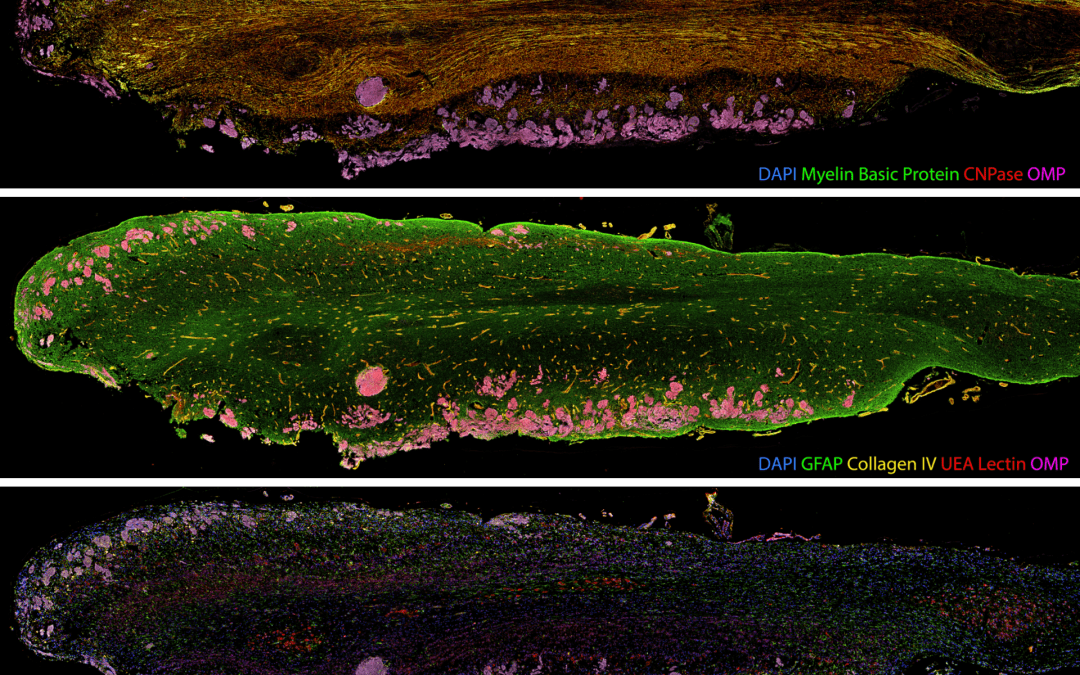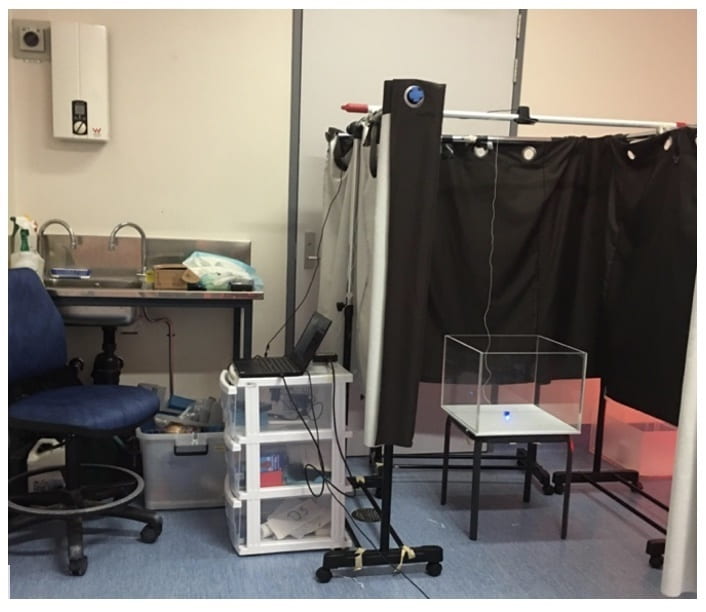


Unravelling a clot-less link between atrial fibrillation and dementia
Unravelling a clot-less link between atrial fibrillation and dementia Assoc Prof James Fisher, Physiology Introduction Atrial fibrillation (AF) affects one in four middle-aged adults during their lifetime, and its incidence is expected to double in the next 20...
New Zealand coastline mapping, monitoring and updating – Resilience to Nature’s Challenges (RNC)
New Zealand coastline mapping, monitoring and updating – Resilience to Nature’s Challenges (RNC) Dr Emma Ryan, Senior Lecturer, Prof Mark Dickson, School of Environment Home • Archive for "case study" Coastal change since 1940s,...
Generating 3D point clouds of Māori stone artefacts for machine learning training
Generating 3D point clouds of Māori stone artefacts for machine learning training Dr Mike laverick, Senior Solutions Specialist, Centre for eResearch Reconstruct broken cultural artefacts The project was a collaboration between Archaeology, Bioengineering and...
Our Voices: using innovative techniques to collect, analyse and amplify the lived experiences of young people in Aotearoa
Our Voices: using innovative techniques to collect, analyse and amplify the lived experiences of young people in Aotearoa Assoc Prof Kane Meissel1, Assoc Prof Polly Atatoa-Carr2, Prof Chris Cunningham3, Prof Yun Sing Koh4, Dr Emma Marks5, Prof Susan Morton6, Dr...
Painting the brain: multiplexed tissue labelling of human brain tissue to facilitate discoveries in neuroanatomy
Multiplex labelling technology that generates spatial maps of large numbers of proteins can facilitate discoveries in neuroanatomy and the study of neurodegenerative diseases.

Decoding the work-from-home phenomenon: insights from location-based service data
The global pandemic has catalysed a shift in the job market, with remote work evolving from being an option to a widespread practice.

The use of digital footprints in the US mortgage market
Research digital skills training 2021 Detecting anomalous matches in professional sports: a novel approach using advanced anomaly detection techniques Dr Dulani Jayasuriya, Business and Economy, Business School; Mohamed Ayaz, PhD candidate, Department of Civil and...
Detecting anomalous matches in professional sports: a novel approach using advanced anomaly detection techniques
Detecting anomalous matches in professional sports: a novel approach using advanced anomaly detection techniques

Using a virtual machine-based machine learning algorithm to obtain comprehensive behavioural information in an in vivo Alzheimer’s disease model
utilising miniscope technology in a murine model of Alzheimer’s disease to characterise correlations between neuronal activity in the CA1 hippocampus, behavioural deficits and amyloid-beta plaque load.